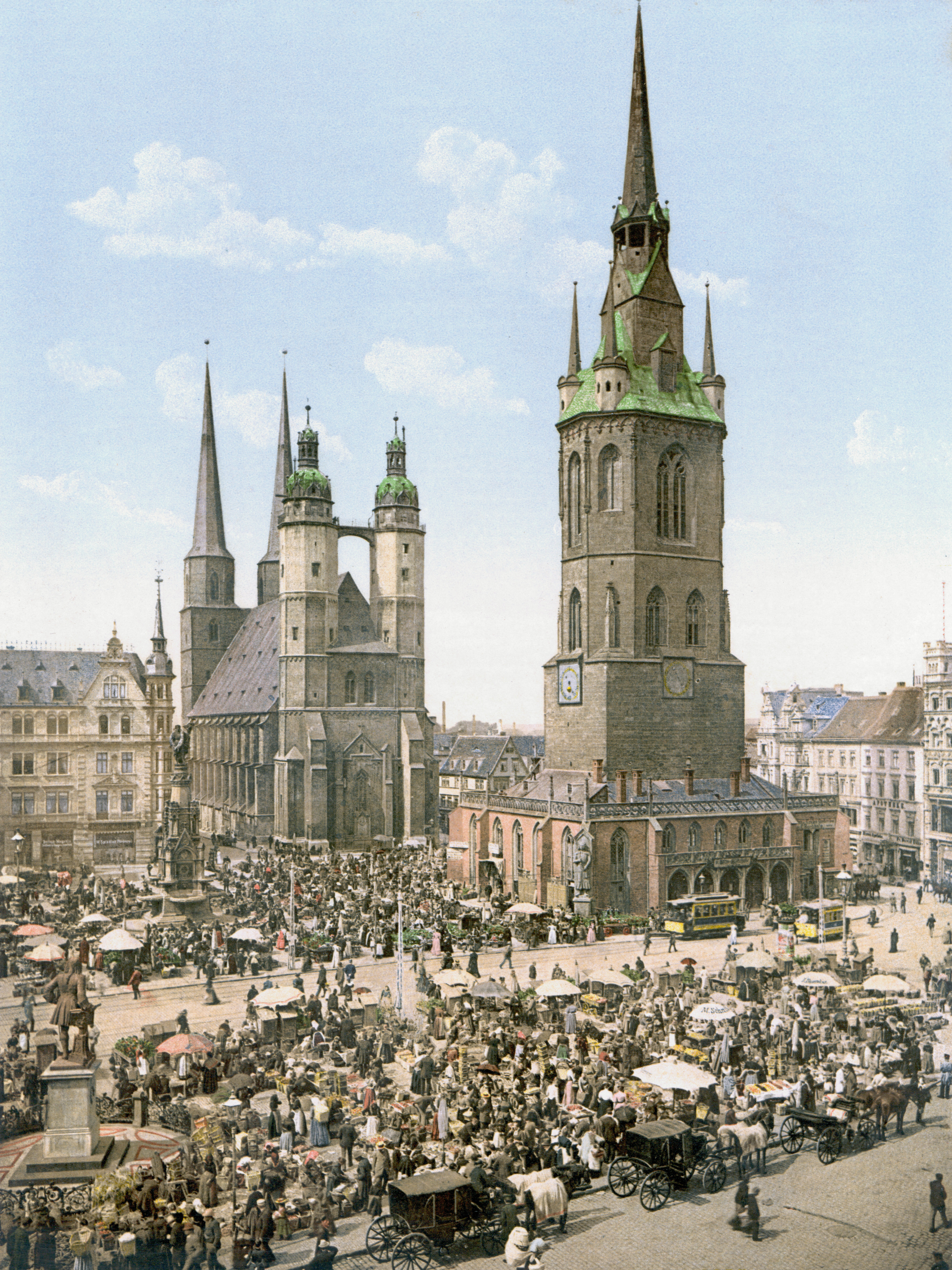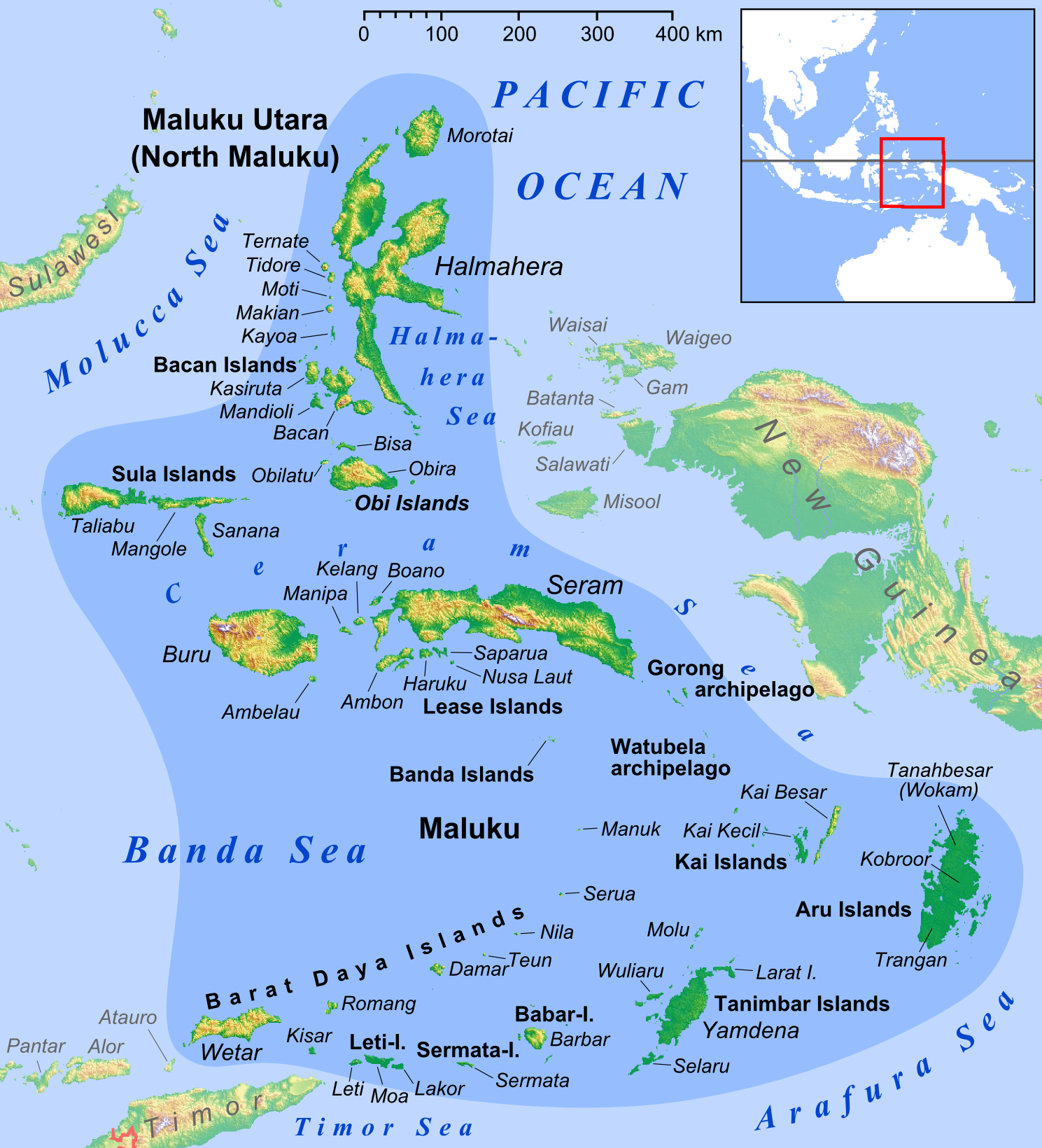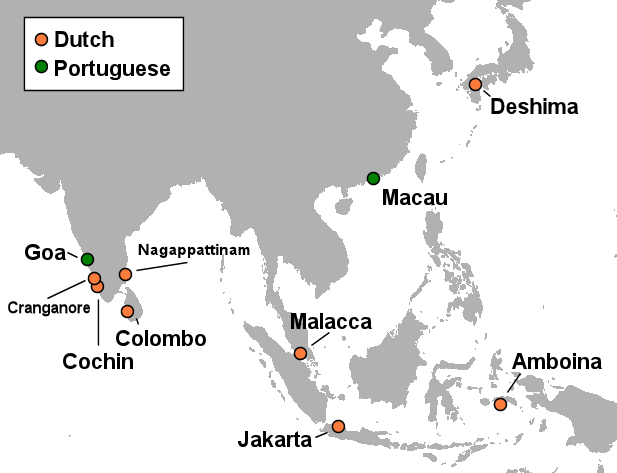|
Caspar Stoll
Caspar Stoll (Landgraviate of Hesse-Kassel, Hesse-Kassel, probably between 1725 and 1730 – Amsterdam, December 1791) was a naturalist and Entomology, entomologist, best known for the completion of ''De Uitlandsche Kapellen'', a work on butterflies begun by Pieter Cramer. He also published several works of his own on other entomology, insect groups. Stoll's 1787 publication on Phasmatodea, stick insects, mantises, and their relatives is also well known. It was translated into French in 1813. Life Aside from official records, few biographical details are known. Caspar Stoll was born in Landgraviate of Hesse-Kassel, Hesse-Kassel but lived most of his life in The Hague and Amsterdam. In the latter, he worked as a functionary (either a clerk or a porter) at the Admiralty of Amsterdam He married his first wife, Maria Sardijn, on 18 January 1761, they married in a church in Scheveningen. Her brother was a tax collector and a notary. Stoll appears to have worked for a notary as well: se ... [...More Info...] [...Related Items...] OR: [Wikipedia] [Google] [Baidu] |
Sepp Publishing Family
Four generations of the Sepp family, publishers and artists were naturalists or entomologists. The Sepp company became famous for the numerous large natural history collections of plates that appeared between 1768 and 1860. They published translations from English, French and German authors on natural history, prints by Petrus Camper, an anatomist, but also some religious songs. Pieter Cramer and Caspar Stoll, also entomologists, had their works published by Sepp. Genealogy Christiaan Andreas Sepp In the first generation was Christiaan Andreas Sepp (c. 1710-2 August 1775), born in Goslar, the son of a conrector, who established himself shortly in Hamburg and Göttingen, but before 1739 in Amsterdam as an etcher and engraver of land and sea maps. His son, Jan Christiaan, was baptized in 1739 in the Lutheran church, like Johanna Elisabeth in 1744. In 1750 Christiaan bought a house at Rozengracht, in the Jordaan. Sepp was working from his own collection of preserved butterflies ... [...More Info...] [...Related Items...] OR: [Wikipedia] [Google] [Baidu] |
Halle, Saxony-Anhalt
Halle (Saale), or simply Halle (), is the second largest city of the German state of Saxony-Anhalt. It is the sixth-most populous city in the area of former East Germany after (East) Berlin, Leipzig, Dresden, Chemnitz and Magdeburg as well as the 31st-largest city of Germany. With around 226,000 inhabitants, it is less populous than the state capital, Magdeburg. With Leipzig, the largest city of Saxony, Halle forms the polycentric Leipzig-Halle conurbation. Leipzig/Halle International Airport lies between the two cities, in Schkeuditz. The Leipzig-Halle conurbation is at the heart of the larger Central German Metropolitan Region. Halle has been known by many names throughout its history. From the 15th to the 17th century: ''Hall in Sachsen''. From then until the beginning of the 20th century, the name Halle an der Saale was used, and still remains a more formal reference for the city. Additionally, from 1965 to 1995 the city was referred to as ''Halle/Saale''. Halle lies i ... [...More Info...] [...Related Items...] OR: [Wikipedia] [Google] [Baidu] |
Mantises
Mantises are an order (Mantodea) of insects that contains over 2,400 species in about 460 genera in 33 families. The largest family is the Mantidae ("mantids"). Mantises are distributed worldwide in temperate and tropical habitats. They have triangular heads with bulging eyes supported on flexible necks. Their elongated bodies may or may not have wings, but all mantodeans have forelegs that are greatly enlarged and adapted for catching and gripping prey; their upright posture, while remaining stationary with forearms folded, resembling a praying posture, has led to the common name praying mantis. The closest relatives of mantises are termites and cockroaches (Blattodea), which are all within the superorder Dictyoptera. Mantises are sometimes confused with stick insects (Phasmatodea), other elongated insects such as grasshoppers (Orthoptera), or other more distantly related insects with raptorial forelegs such as mantisflies (Mantispidae). Mantis ... [...More Info...] [...Related Items...] OR: [Wikipedia] [Google] [Baidu] |
Heteroptera
The Heteroptera are a group of about 40,000 species of insects in the order Hemiptera. They are sometimes called "true bugs", though that name more commonly refers to the Hemiptera as a whole. "Typical bugs" might be used as a more unequivocal alternative, since the heteropterans are most consistently and universally termed "bugs" among the Hemiptera. "Heteroptera" is Greek for "different wings": most species have forewings with both membranous and hardened portions (called hemelytra); members of the primitive sub-group Enicocephalomorpha have completely membranous wings. The name "Heteroptera" is used in two very different ways in modern classifications. In Linnean nomenclature, it commonly appears as a suborder within the order Hemiptera, where it can be paraphyletic or monophyletic depending on its delimitation. In phylogenetic nomenclature, it is used as an unranked clade within the Prosorrhyncha clade, which in turn is in the Hemiptera clade. This results from the real ... [...More Info...] [...Related Items...] OR: [Wikipedia] [Google] [Baidu] |
Cicada
The cicadas () are a superfamily, the Cicadoidea, of insects in the order Hemiptera (true bugs). They are in the suborder Auchenorrhyncha, along with smaller jumping bugs such as leafhoppers and froghoppers. The superfamily is divided into two families, the Tettigarctidae, with two species in Australia, and the Cicadidae, with more than 3,000 species Taxonomy (biology)#Taxonomic descriptions, described from around the world; many species remain Undescribed taxon, undescribed. Nearly all cicada species are annual cicadas with the exception of the few North American periodical cicada species, genus ''Magicicada'', which in a given region emerge en masse every 13 or 17 years. Cicadas have prominent eyes set wide apart, short antennae, and membranous front wings. They have an exceptionally loud song, produced in most species by the rapid buckling and unbuckling of drum-like tymbals. The earliest known fossil Cicadomorpha appeared in the Upper Permian period; extant species occur a ... [...More Info...] [...Related Items...] OR: [Wikipedia] [Google] [Baidu] |
Sierra Leone
Sierra Leone, officially the Republic of Sierra Leone, is a country on the southwest coast of West Africa. It is bordered to the southeast by Liberia and by Guinea to the north. Sierra Leone's land area is . It has a tropical climate and environments ranging from savannas to rainforests. As of the 2023 census, Sierra Leone has a population of 8,460,512. Freetown is its capital and largest city. Sierra Leone is a presidential republic, with a unicameral parliament and a directly elected president. It is a secular state. Its Constitution of Sierra Leone, constitution provides for the separation of state and religion and freedom of conscience. Muslims constitute three-quarters of the population, and there is a significant Christian minority. Notably, religious tolerance is very high. Sierra Leone's current territorial configuration was established in two phases: in 1808, the coastal Sierra Leone Colony and Protectorate, Sierra Leone Colony was founded as a place to resettle retu ... [...More Info...] [...Related Items...] OR: [Wikipedia] [Google] [Baidu] |
Ambon Island
Ambon Island is part of the Maluku Islands of Indonesia. The island has an area of and is mountainous, well watered, and fertile. Ambon Island consists of two territories: the city of Ambon, Maluku, Ambon to the south, and three districts (''kecamatan'') of the Central Maluku Regency to the north. The main city and seaport is Ambon, Maluku, Ambon (with a 2020 Census population of 347,288), which is also the capital of Maluku (province), Maluku Provinces of Indonesia, province, while those districts of Maluku Tengah Regency situated on Ambon Island had a 2020 Census population of 128,069. By mid 2023 those populations were estimated to have become 354,052 and 128,754 respectively, resulting in an all-island population of 482,806. Ambon has an Pattimura Airport, airport and is home to the Pattimura University and Open University (Universitas Terbuka), state universities, and a few private universities, which include Darussalam University (Universitas Darussalam, UNDAR) and Univer ... [...More Info...] [...Related Items...] OR: [Wikipedia] [Google] [Baidu] |
Java
Java is one of the Greater Sunda Islands in Indonesia. It is bordered by the Indian Ocean to the south and the Java Sea (a part of Pacific Ocean) to the north. With a population of 156.9 million people (including Madura) in mid 2024, projected to rise to 158 million at mid 2025, Java is the world's List of islands by population, most populous island, home to approximately 55.7% of the Demographics of Indonesia, Indonesian population (only approximately 44.3% of Indonesian population live outside Java). Indonesia's capital city, Jakarta, is on Java's northwestern coast. Many of the best known events in Indonesian history took place on Java. It was the centre of powerful Hindu-Buddhist empires, the Islamic sultanates, and the core of the colonial Dutch East Indies. Java was also the center of the History of Indonesia, Indonesian struggle for independence during the 1930s and 1940s. Java dominates Indonesia politically, economically and culturally. Four of Indonesia's eig ... [...More Info...] [...Related Items...] OR: [Wikipedia] [Google] [Baidu] |
Ceylon
Sri Lanka, officially the Democratic Socialist Republic of Sri Lanka, also known historically as Ceylon, is an island country in South Asia. It lies in the Indian Ocean, southwest of the Bay of Bengal, separated from the Indian subcontinent, Indian peninsula by the Gulf of Mannar and the Palk Strait. It shares a maritime border with the Maldives in the southwest and India in the northwest. Sri Jayawardenepura Kotte is the legislative capital of Sri Lanka, while the largest city, Colombo, is the administrative and judicial capital which is the nation's political, financial and cultural centre. Kandy is the second-largest urban area and also the capital of the last native kingdom of Sri Lanka. The most spoken language Sinhala language, Sinhala, is spoken by the majority of the population (approximately 17 million). Tamil language, Tamil is also spoken by approximately five million people, making it the second most-spoken language in Sri Lanka. Sri Lanka has a population of appr ... [...More Info...] [...Related Items...] OR: [Wikipedia] [Google] [Baidu] |
Surinam (Dutch Colony)
Surinam (), also unofficially known as Dutch colonisation of the Guianas, Dutch Guiana, was a Dutch plantation economy, plantation colony in the Guianas and the predecessor polity of modern country of Suriname. It was bordered by the fellow Dutch colony of Berbice to the west, and the French colony of French Guiana, Cayenne to the east. It later bordered British Guiana (modern-day Guyana) from 1831 to 1966. History The colonization of Suriname Surinam was a Dutch colony from 26 February 1667, when Dutch forces captured Francis Willoughby, 5th Baron Willoughby of Parham, Francis Willoughby's England, English colony during the Second Anglo-Dutch War, until 15 December 1954, when Surinam became a Suriname (Kingdom of the Netherlands), constituent country of the Kingdom of the Netherlands. The status quo of Dutch sovereignty over Surinam, and English sovereignty over New Netherland, which it had conquered in 1664, was kept in the Treaty of Breda (1667), Treaty of Breda of 31 ... [...More Info...] [...Related Items...] OR: [Wikipedia] [Google] [Baidu] |
Dutch Colonial Empire
The Dutch colonial empire () comprised overseas territories and trading posts under some form of Dutch control from the early 17th to late 20th centuries, including those initially administered by Dutch chartered companies—primarily the Dutch East India Company (1602–1799) and Dutch West India Company (1621–1792)—and subsequently governed by the Dutch Republic (1581–1795) and modern Kingdom of the Netherlands (1815–1975). Following the ''de facto'' independence of the Dutch Republic from the Spanish Empire in the late 16th century, various trading companies known as '' voorcompagnie'' led maritime expeditions overseas in search of commercial opportunities. By 1600, Dutch traders and mariners had penetrated the lucrative Asian spice trade but lacked the capital or manpower to secure or expand their ventures; this prompted the States General in 1602 to consolidate several trading enterprises into the semi-state-owned Dutch East India Company (, VOC), which was gr ... [...More Info...] [...Related Items...] OR: [Wikipedia] [Google] [Baidu] |








